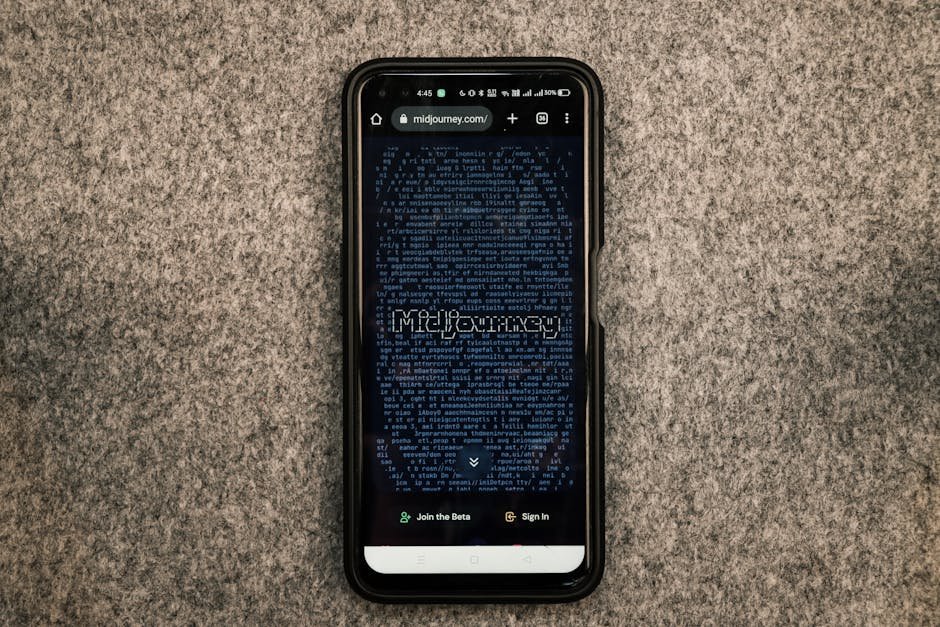Direct mail is a tried-and-true marketing tactic, but standing out in recipients’ mailboxes is getting harder all the time. Leveraging print formats like foldouts, pop-ups, and dimensional mailers can help your direct mail grab more attention.
Formats like these take advantage of human psychology and curiosity to encourage opening. When implemented thoughtfully, they can boost response rates.
Table of Contents
ToggleFoldouts
A basic foldout expands the surface area for your message. It unfolds from a small mailer into a larger brochure or flyer format. This gives you more room for visuals, text, and calls to action without a large initial mailing size.
Foldouts intrigue recipients and tempt them to unfold it to see more. For best results, tease what’s inside on the exterior with headlines and graphics.
Pop-Ups
Pop-ups take the foldout concept further with dimensional elements that literally “pop” up when opened. die-cuts, flaps, and pre-scored folds allow you to construct dimensional graphics, messages, coupons, or samples that spring to life.
This surprise element satisfies curiosity and demands attention. Be strategic about where to place pop-ups so the recipient’s eyes are drawn to key messages and calls to action.
Dimensional Mailers
Thick, textured, or unusually shaped mail pieces stand far out from the standard envelope. Die-cuts, pockets, and embellishments give them tactile interest. Raised lettering, Braille, textures like faux leather or ribbons add sensory intrigue.
Dimensional mail demands to be picked up, turned over, and explored instead of discarded unseen. Make sure the format choice aligns with your brand and message to avoid gimmicky perceptions.
FAQs:
Q: Are these formats more expensive to produce than standard direct mail?
A: Yes, foldouts, pop-ups, and dimensional mailers usually have higher production costs than a flat postcard or brochure due to added materials, dies, and assembly. However, the potential boost in response rates can more than offset the higher costs. Test different formats against a control group to evaluate ROI.
Q: What types of businesses are best suited for these attention-grabbing formats?
A: Companies marketing high-consideration products or services, luxury brands, professional services like law firms or medical practices, and non-profits seeking donations are all good candidates. The formats help justify higher price points or investment of time/money. Direct response marketers selling lower-cost items may see lower ROI.
Q: How can I ensure my direct mail stands out in the mailbox?
A: In addition to an attention-grabbing format, use bright, high-contrast colors, and eye-catching graphics. Tease a compelling offer or message on the exterior. Consider sending on an unusual day of the week or time of day when other mail is lighter. Track open and response rates to optimize. Above all, make sure the format enhances rather than distracts from your messaging.[1]
Q: What are some examples of companies that effectively use these formats?
A: Hotel chains like Marriott and Hyatt have used dimensional postcards promoting room upgrades and packages. Non-profits like the Red Cross, WWF, and charities raise awareness and funds with pop-up mailers. Luxury brands deploy elegant foldouts and dimensional pieces from Tiffany, Gucci, and Saks Fifth Avenue. Technology companies send pop-up mail showcasing new devices from Apple, Samsung, and Microsoft.
Q: How can I test different formats before a large mailing?
A: Start with a small control mailing of 500-1000 pieces of a single format. Track responses for two weeks then repeat with a different format to the same list. Analyze open and response rates to see which generated the most leads or sales. Run A/B/C tests over time with different creative executions to further optimize. Digital and hybrid formats that integrate physical and digital components are also options to consider for lead generation.
Conclusion
While standard direct mail still has its place, dimensional and interactive print formats can give your mailings the “wow factor” needed to rise above the clutter.
With strategic use of die-cuts, pop-ups, textures and shapes tested through targeted campaigns, these attention-getting formats provide a powerful way to cut through and engage recipients.
Just be sure the format enhances rather than distracts from your core messaging for optimal ROI.







